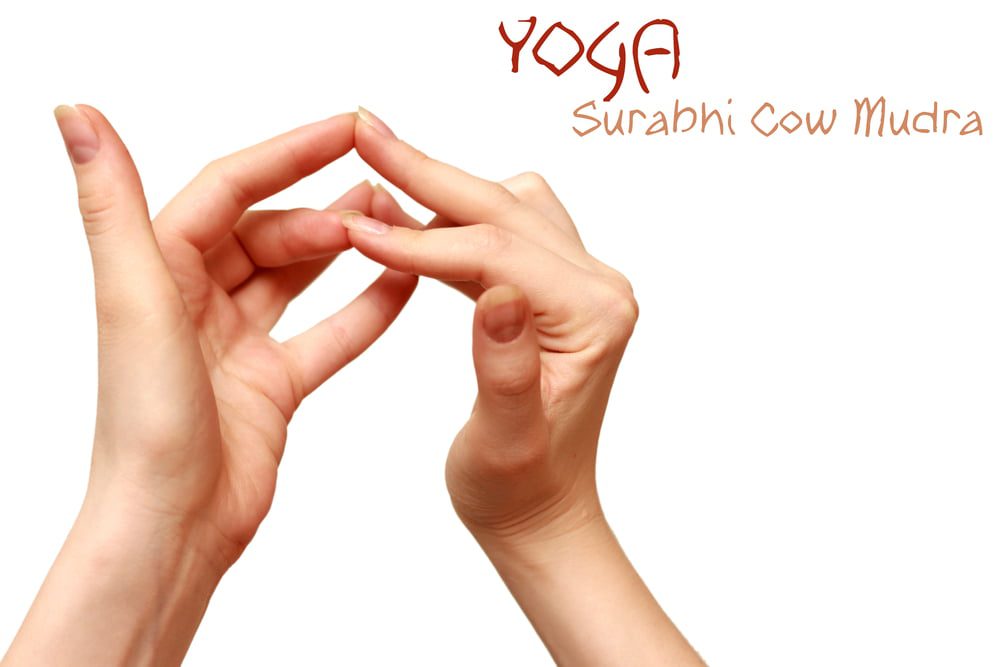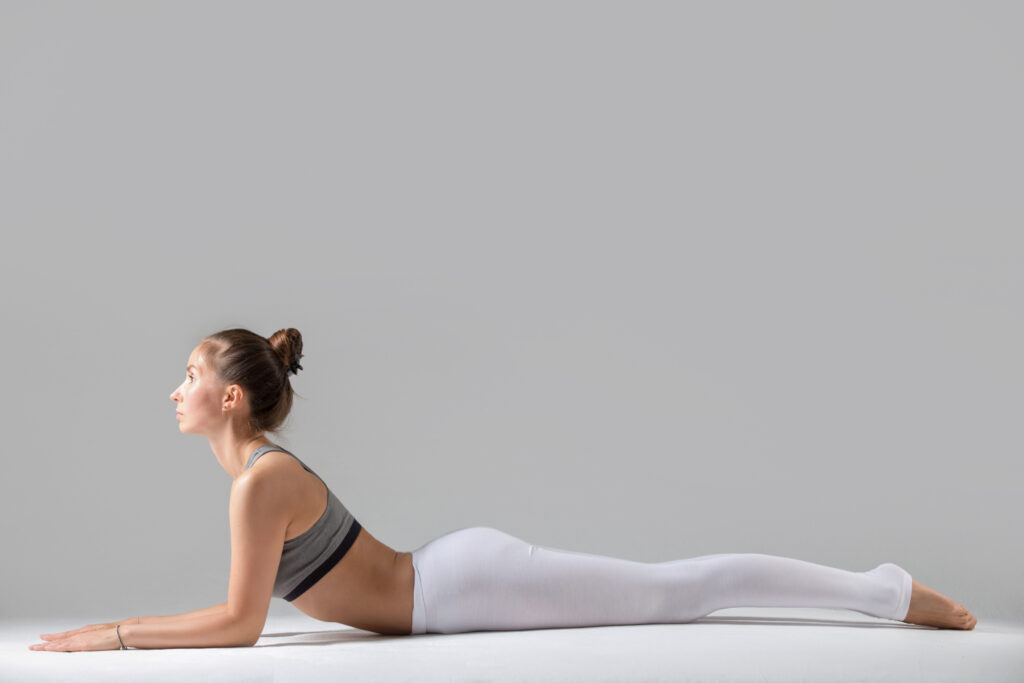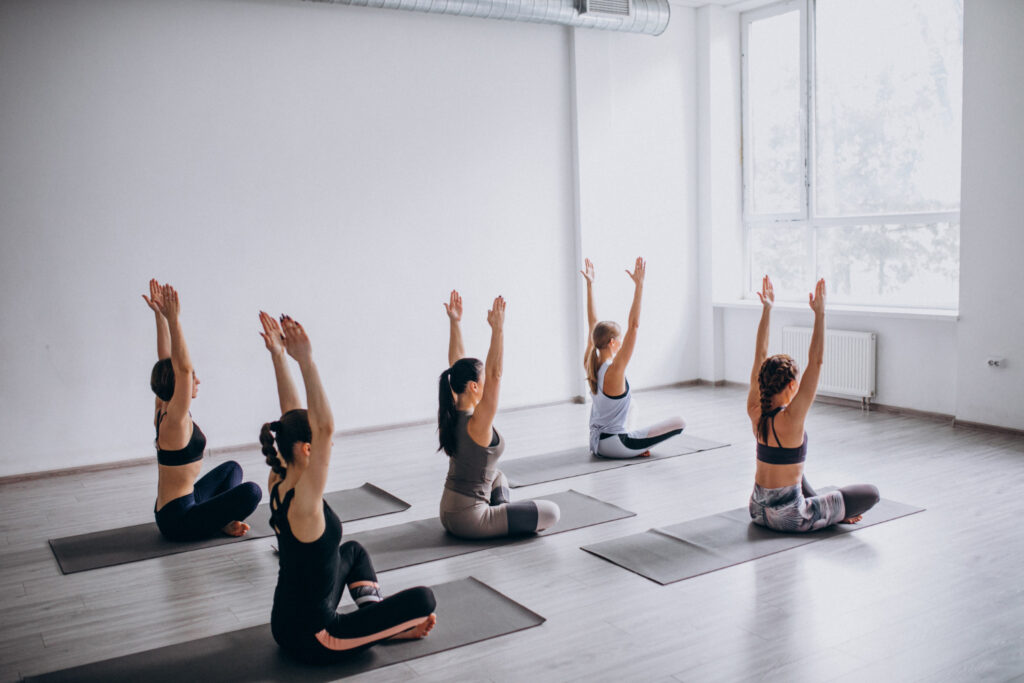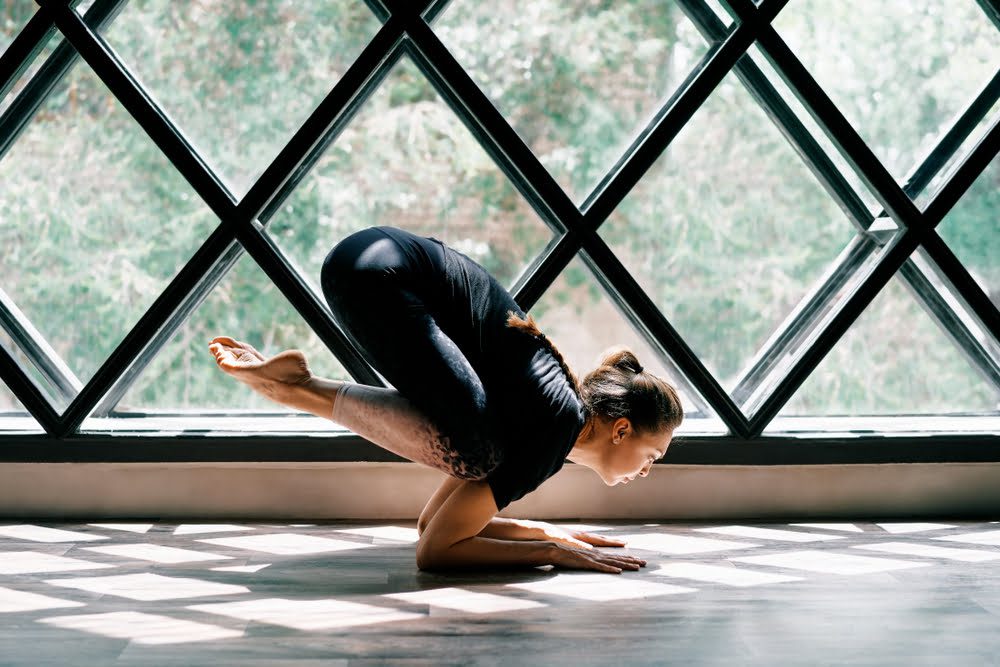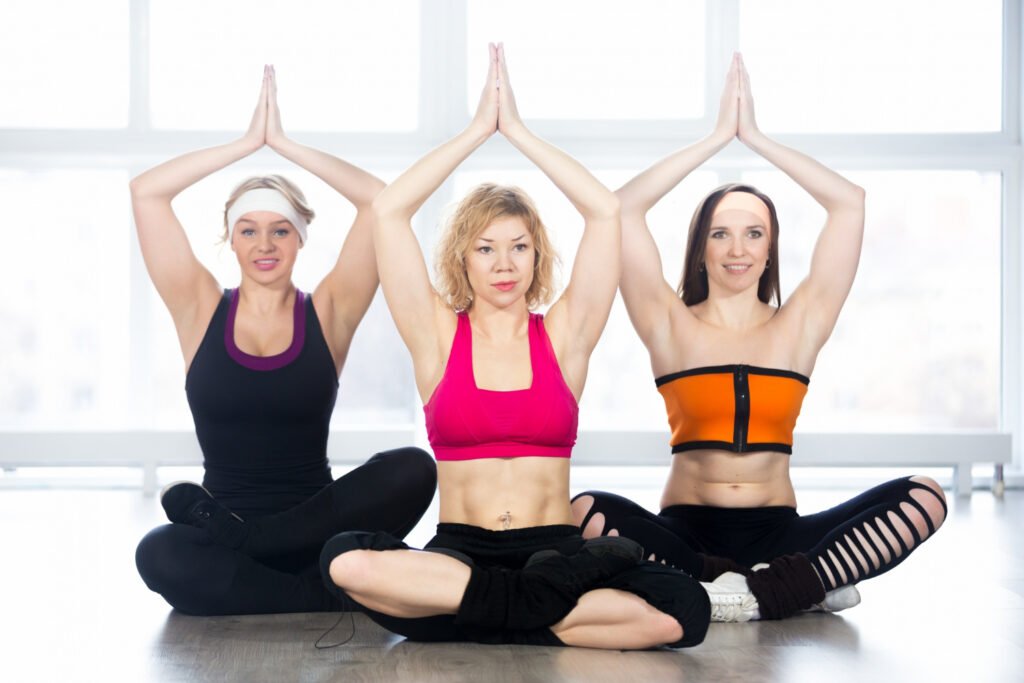Fire breathing or Agni Pranayama, is a yogic technique that heats the body internally with the help of pranayama (yogic breath control) even at low temperatures. It needs practice and patience to focus on the internal fire in the abdomen and execute the inhaling through the nose and exhaling through the mouth technique properly, and in a conscious way.
Benefits of Agni Pranayama.
The Fire Breath technique or Agni Pranayama is a highly effective yoga, breathing exercise that has many psychological and physical religious benefits. With the view to upgrade your overall well-being, the daily force of this practice can have a significant impact on your life. Here are some of Agni Pranayama’s benefits:
1. Enhanced Energy.
When the Manipura Chakra is being opened by Agni Pranayama, it’s the same thing as if you’re willing to go the extra mile to unleash the amazing hidden gifts of the universe that you never thought existed. The power that originates from this chakra not only affects your physical energy but also causes you to take different lifted moods. This makes you feel cleansed and much rejuvenated.
2. Improved Digestion.
This is a wonderful breathing exercise for good digestion. This type of breath, as the titles suggest, makes its own warmth or fire, and at the same time, the body, in the same way, can digest effectively and absorb the nutrients, resulting in better digestion. It actively participates in solving the problem by virtue of which the absorption of the nutrients is easy and natural and the indigestion, gas, and constipation are thus no longer ailments of the society.
3. Detoxification.
One of the ways to remove unwanted toxins from the body is when Agni Pranayama is done regularly, the toxins are removed from the body gradually. The lymphatic system is activated and the body keeps itself clean as a stream does when you breathe deeply and supply yourself with oxygen. The toxins are expelled through the blood and at the same time, the blood is purified, hence better overall health.
4. Stress Reduction.

Agni Pranayama acts as a strong stress-killers technique. By being attentive to your breath and breathing through the mouth and nose in a rhythm, you are able to get a grip of your emotions. The practice also supports the activity of the parasympathetic nervous system, which in return counters stress and thus, puts you in a good mood.
5. Increased Lung Capacity.
By using the process of deep inhalation and deep exhalation, Agni Pranayama allows the lungs to be filled with air and hence to have more air. This makes it possible for better blood oxygenation and therefore better respiratory status. The respiratory muscles may be made stronger and the overall lung health can be improved if the technique is regularly practiced.
6. Improved Focus and Concentration.
The orderly method of breathing as in the case of Agni Pranayama is seen to convert to improved focus and concentration. By putting all your focus into the breathing and coordinating it with different types of movements, this approach energetically helps in mindfulness and mental ability development, which results in heightened productivity and efficiency.
7. Emotional Balance.
The practice of Agni Pranayama creates a massive influence on emotional health. It balances the emotions and stabilizes the mood by controlling the breath and stimulating the solar plexus of the body. The method can particularly prove helpful to those who feel anger, frustration, or irritability because it leads to the feeling of inner peace and emotional stability.
| 💡 Tips FitMeMore.com With the introduction of Agni Pranayama to your daily timetable, the transformative changes could be in the very nature of the physical, mental, or emotional aspect of a person. It is essential to note that it is only when a properly certified yoga instructor gives detailed information and offers a viable intervention can the benefits of the activities like the pose of the fire goddess, among others, to the participants be realized. |
How To Do Agni Pranayama?
Imagine that just twenty-four hours of continuous practice of this technique, you are capable of raising the whole body’s temperature to a physiological point, thus burning fat and at the same time economizing on energy runs. Moreover, massaging, physical activity, and ingesting a balanced diet will help the human body to keep fit, thus weight will not be a problem. No doubt we can achieve these body-changes.
The practice of Agni Pranayama breathing or Agni pranayama is carried out as described below:
- Settle down in a comfortable position, keep your back straight and your head well aligned with the spine. You can sit in a chair, on a meditation cushion, or cross-legged on the floor.
- Put your tongue against the roof of the mouth right below the teeth and keep it there during the whole practice.
- Breathe in deeply through the nose and exhale quickly through the tongue making a sound.
- Repeat the breathing technique with the same frequency of respiration and the same hissing sound for a few minutes.
- At the beginning of the breath of fire, make sure you breathe moderately until you feel comfortable, then gradually intensify it to the level you desire.
I must also note here that this procedure is contraindicated for people with respiratory or cardiac problems, the gestation period, or any kind of breathing illness. It is essential to meet a professional prior to going for any breathing practice.
Precaution for Agni Pranayama.
- Before engaging in Agni Pranayama, expounding your health condition with a certified yoga instructor or a healthcare professional is essential. This can be very helpful if you have any health issues that you may not be aware of.
- Perform Agni Pranayama in a room with enough ventilation so that the air remains fresh and clean.
- During your initial phase, go for short durations and gradually prolong your practice as per your comfort level. Never do overexertion or push yourself into a stretch.
- Ensure steady and comfortable sitting during the entire time of the practice. Sit in a crossed-legged position with your back straight.
- While practicing, remain focused on your breathing, and keep track of any feelings or pain.
- If you notice any discomfort or feel faint or dizzy, discontinue the practice immediately and seek help.
- Agni Pranayama practice after meals is not good for the stomach. It is usually recommended that you allow at least two hours to elapse after eating before engaging yourself in any yoga practice.
- Don’t forget to drink a sufficient amount of water before and after the practice as it helps you avoid getting dehydrated.
- Consult with a healthcare provider if you are pregnant, have high blood pressure, heart problems, or any respiratory ailments before starting with Agni Pranayama.
- When doing Agni Pranayama it is not about pushing the breath or putting too much effort on the body. It should be practiced gently and comfortably.
- Should any negative reaction take place or the symptoms worsen after the completion of Agni Pranayama, it is highly recommended that you stop the activity and seek professional help.
Frequently Asked Questions.
To perform Agnisar, stand with your feet apart and place your hands on your knees. When one breathes in, one exhales forcefully while pulling the abdomen muscles in. Afterward, one exhales the contraction, and the process is repeated several times.
Both are breathing exercises, but the first requires forceful exhaling while the second focuses on the pumping of the stomach.
Bottom Line.
Agni Pranayama is a powerful method of breathing that is able to become the need of our physical as well as our mental well-being. By means of regulated breathing in and out with the help of breath we can kindle our inner fire, become more energized, and even our digestion can be corrected. Moreover, it also plays a significant role in the relaxation of our system producing a calm and stable environment thus being the source of our wholesome growth. A really simple tool is Agni Pranayama, that is to say, it is only a technique but yet it proves to be effective as it will be really suitable for our daily life and will, in addition, be an important source of health for us and it will make us capable of leading us a more harmonious and fulfilling life.
How we reviewed this article:
Our team of experts is always monitoring the health and wellness field, ensuring that our articles are updated promptly as new information emerges. See Our Editorial Process
Jul 6, 2025
Written By: Sharon LeBow
Reviewed By: Katy Insley
Written By: Sharon LeBow
Reviewed By: Katy Insley

 Workout
Workout
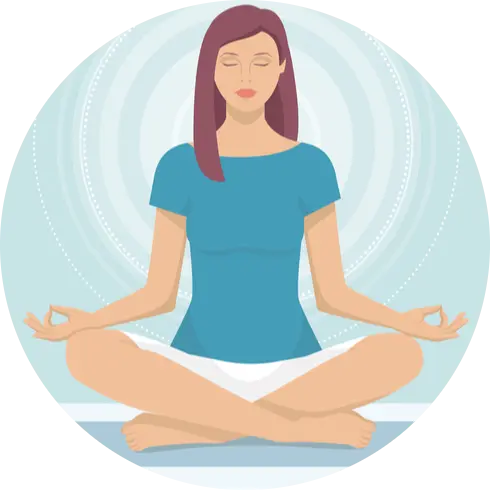 Meditation
Meditation



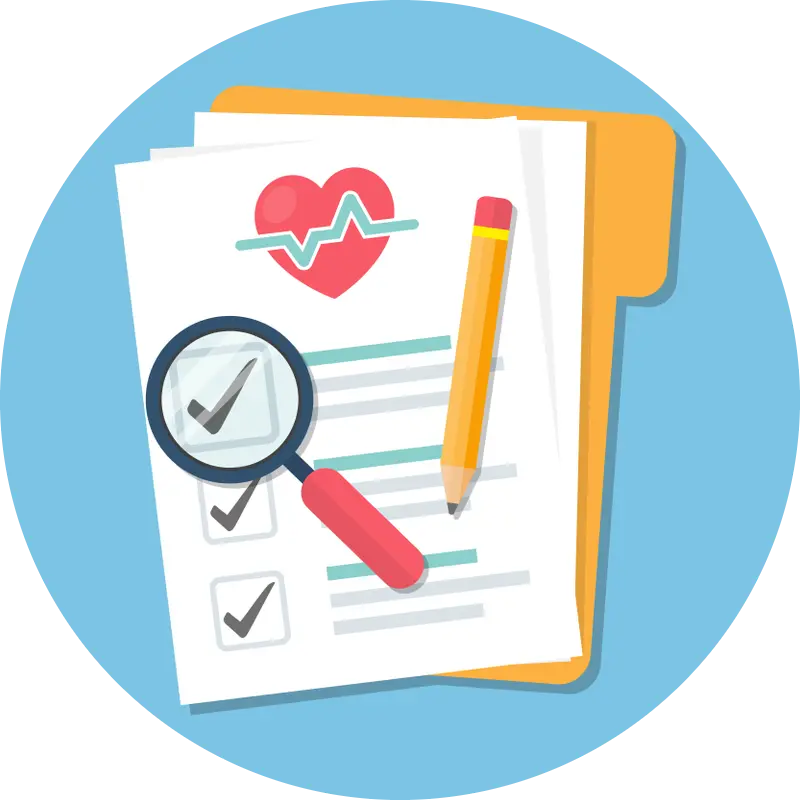

 Contact Us
Contact Us


